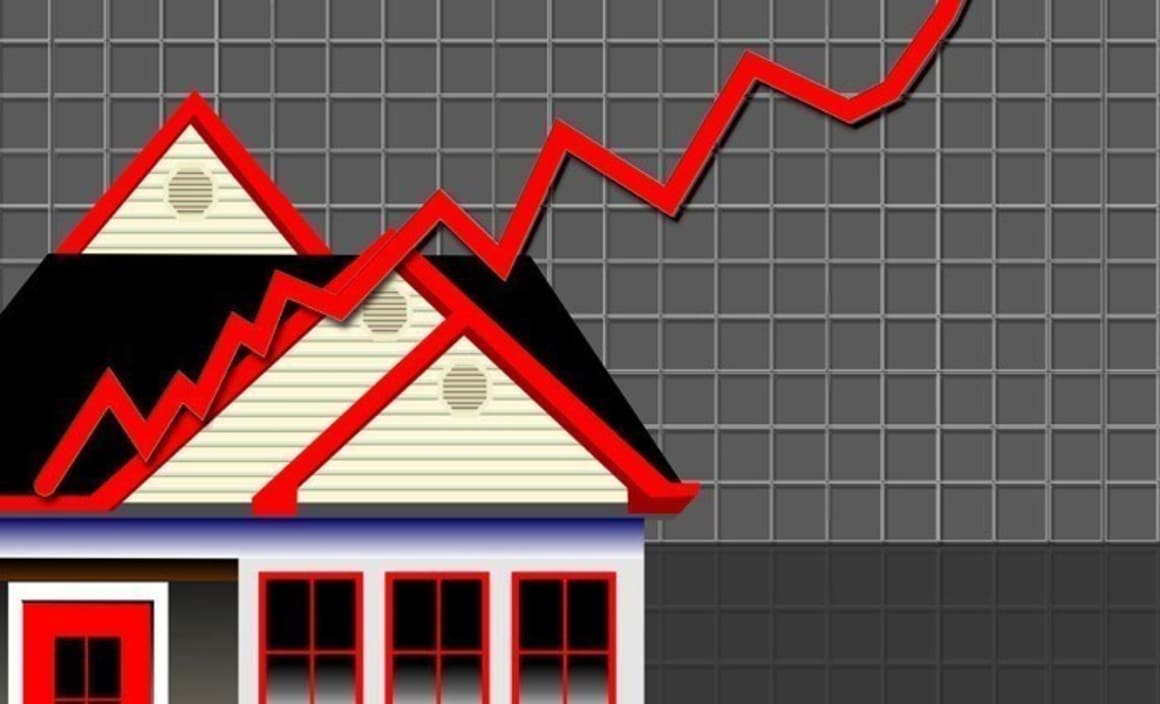Australian house prices are being pushed up by other countries' economic policies

GUEST OBSERVATION
Analysis of value of Australia residential property is a focus for individuals as owner occupiers, for investors from Australia or overseas, for financiers and for developers.
Quantitative easing in developed countries is a factor driving higher housing values.
A recent IMF report concludes that Australia ranks third among developed countries in the ratio of house prices to income and fifth on the basis of house prices to rents when assessed on an historical basis.

Source: IMF
This clearly implies that Australian residential property prices are at least fully valued. IMF state that detecting excess valuation is more art than science.
In a recent working paper released by the Asian Development Bank, they noted that housing prices nearly doubled in Hong Kong and India over four years 2008 – 2012. ADB concluded that prolonged quantitative easing made a significant contribution into capital inflows into Asia Pacific. Capital inflows prospectively had two outcomes being either rising currency or higher asset prices. Housing prices rose most strongly in economies where currencies did not appreciate.
This analysis supports the view that part of the drive behind strong Australian house prices has been quantitative easing in developed countries. Australia has been viewed as an attractive investment destination on a relative basis. Very low or zero interest rates in US, Japan and Europe has prompted international capital flow into Asia Pacific including Australia. These flows have been in part directed into residential property.
As a result the RBA is in a bind. Despite falling commodity prices the AUD remains strong reflecting capital flows. Should the RBA raise interest rates seeking to contain residential property prices the AUD will strengthen. An alternative currency management policy or specific policies directed at reduced lending for residential property or restrictions on ownership are required.
Quantitative easing by the major developed countries has effectively driven Australian housing prices higher.
While quantitative easing continues, Australia will be vulnerable to excessive capital flows into investment assets including residential property unless the Australian dollar rises again. A rising Australian dollar is unlikely while commodity prices remain weak.
Only when quantitative easing ceases will any excess in residential property values be removed. This will start in 2015 with the US. In the interim high residential property values will persist.
Ken Atchison is managing director of Atchison Consultants.